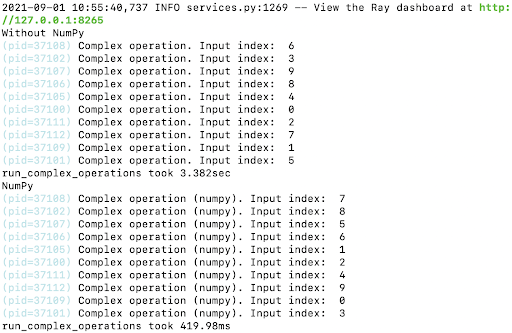
Series: How Malicious Python Code Gains Execution
The primary vector for malicious code running in software developer environments (e.g., local system, CI/CD runners, production servers, etc.) is software dependencies. This is third-party code which often means open-source software, also known as running code from strangers on the internet.
The prized goal for attackers is arbitrary code execution. It’s the stuff high CVE scores are made of and often the topic of how vulnerabilities can turn into exploits. It’s the foothold needed to run cryptominers, steal secrets, or encrypt data for ransom. It’s no wonder why threat actors want it, but how do they get it? Sutton’s Law makes it obvious why they go after open-source software: because executing arbitrary code is easy there.
This is a series examining the methods malicious Python code gains execution. Some of the methods are obvious and some are potentially undiscovered or at least not found in the wild, yet. What they all mostly have in common is the reliance on a software dependency in the form of a Python package, which is where we begin.
Threat modeling is a useful defensive exercise to predict and prevent future attacks. By thinking like a malicious actor, we can identify the attack surface, enumerate possible compromise vectors, and neutralize them with considered countermeasures. As security researchers, we’ll don a hat of a darker color to put ourselves in the right mindset. Certainly not a black hat, but maybe more of a gray thinking cap. The remainder of the series documents these findings.















/cdn.vox-cdn.com/uploads/chorus_asset/file/25456959/Hero_image_for_press_release.png)

